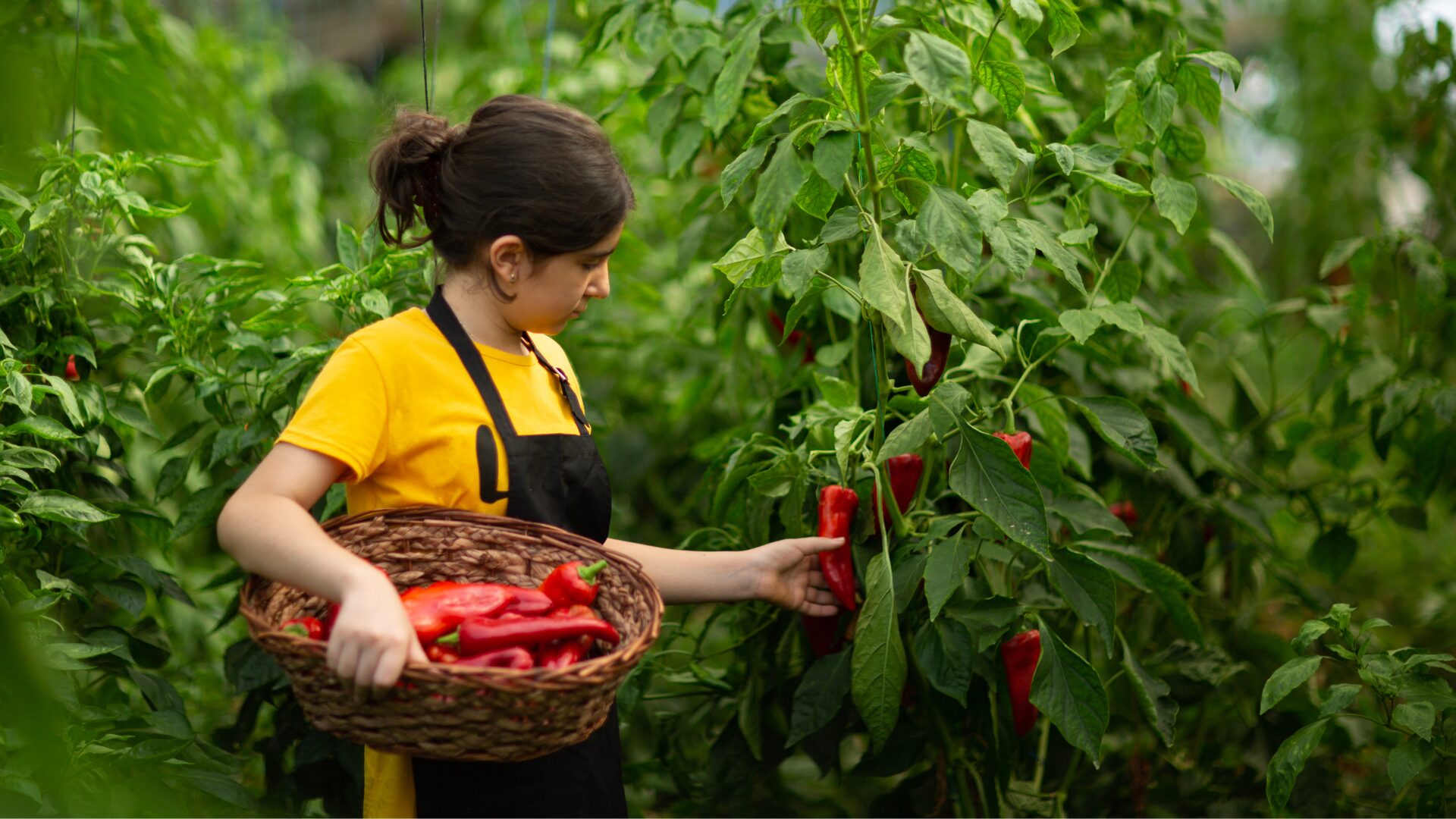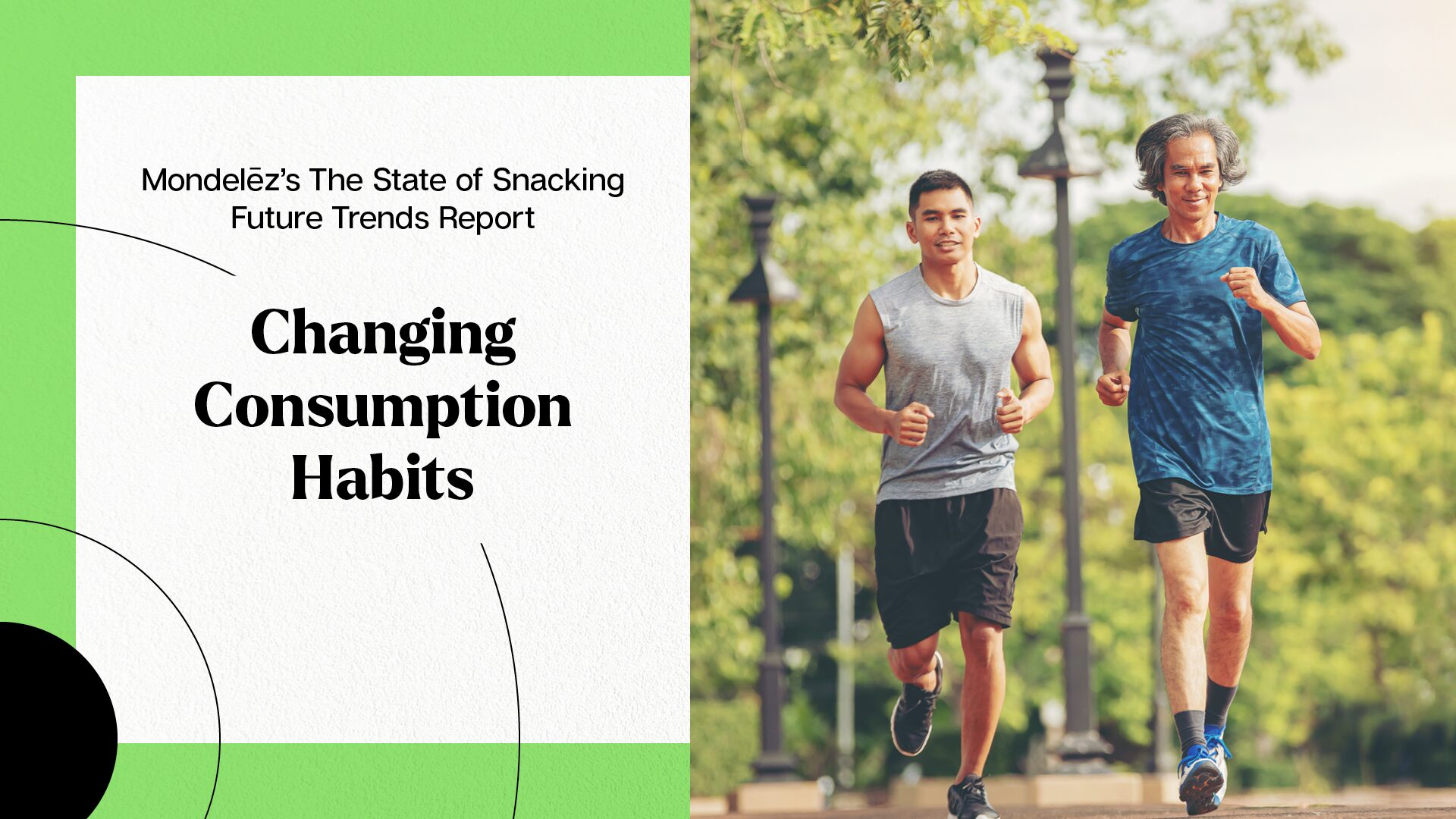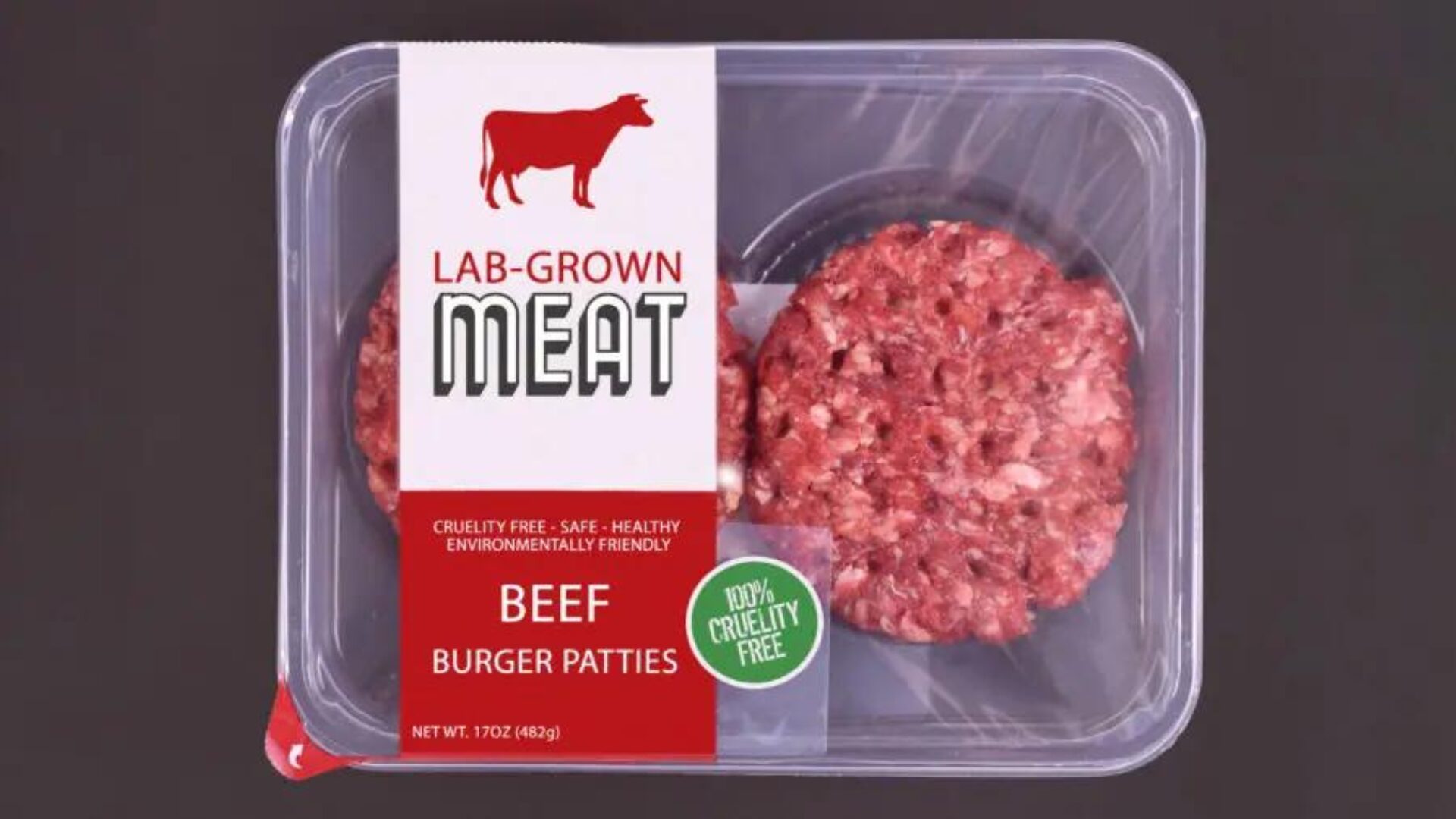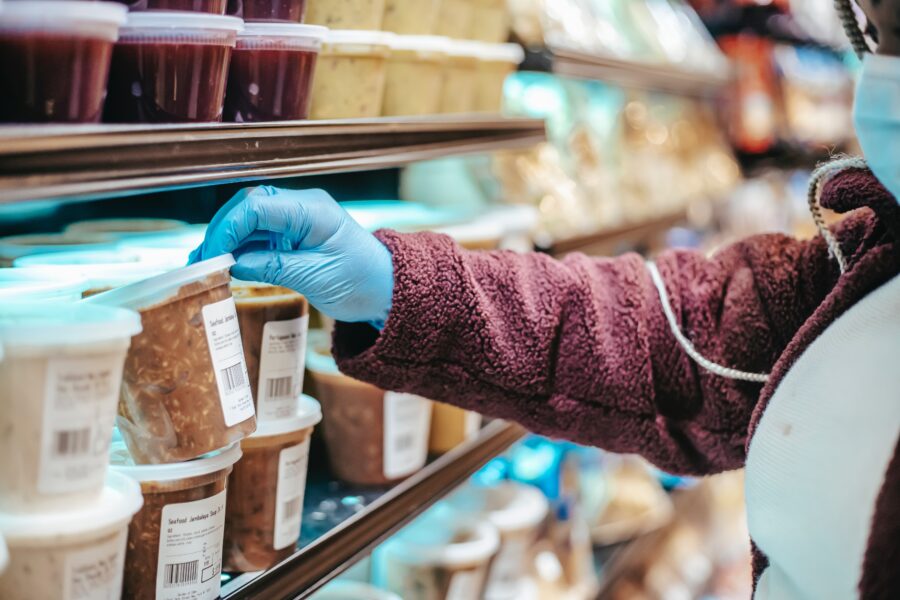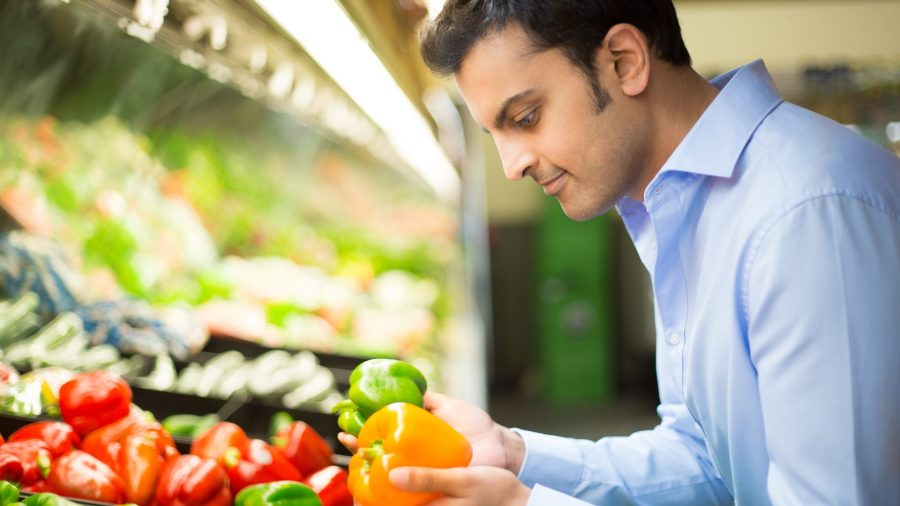Editor’s note: The Food Institute, partnering with OFW Law, is hosting a webinar Feb. 17: “Carbon Labeling Claims for the Food and Restaurant Industries,” discussing must-know details of carbon emissions labeling. The webinar is part of the FI/OFW series on “Top Legal and Regulatory Issues for 2022.” To register click here.
Carbon labeling on food and menu items is a hot topic for 2022, as people are more conscious than ever of the foods they eat and companies work to become more climate friendly. Food production contributes approximately a quarter of global carbon emissions. When shopping for groceries, do consumers consider the carbon footprint of a product’s production? Food companies are increasingly betting the answer to that question is “yes.”
How can the carbon lifecycle of foods be calculated?
Simply put, carbon labels advise consumers of the carbon dioxide emissions created from the food products they’re purchasing. A carbon label reflects the total amount of carbon produced during production, distribution, use, and disposal of the product. Calculating a complete estimate of a product’s carbon footprint is traditionally done through a “lifecycle assessment.” Factors can include: forest removal to create farmland, energy to heat greenhouses, the carbon emitted to make the packaging, and transporting the item. Although there is currently no standardized way of measuring a company’s carbon output, formulas usually consider the emissions of other greenhouse gases, such as methane and nitrous oxide.
What do consumers say?
Calculating the carbon footprint on products provides transparency to people who support climate-friendly consumption. It also helps firms mitigate carbon-heavy areas of production and better understand sustainability practices.
In the last several years, climate change has cultivated a much more informed public and consumers are increasingly leveraging their purchasing power to reduce carbon emissions. In a survey taken of 10,500 consumers in the U.S. and Europe, 42% agreed that it’s important to know companies are taking action to reduce their carbon footprint. Some 54% of Americans said they consider a company’s carbon footprint when choosing what to purchase. Additionally, 67% of respondents said they believe a recognizable carbon label on products is a good idea
How can my company get on board?
For food producers, manufacturers, and stakeholders there are resources to gain more insight on what carbon labeling means.
The Food Institute, partnering with food and agriculture firm Olsson Frank Weeda Terman Matz PC (OFW Law), is hosting a webinar on Feb. 17: “Carbon Labeling Claims for the Food and Restaurant Industries.” This webinar will discuss the origins of carbon emissions labeling, what companies are doing now, the legal framework, and the roles of the USDA, the FTC, and the FDA. Representatives of the Carbon Trust will also speak and discuss methods for calculating carbon ratings.
To register click here.
This online event is ideal for food and beverage industry professionals looking to learn more about implementing a carbon labeling program; retail executives who want to examine marketing strategies for implementing carbon rating programs; regulatory affairs professionals who want to learn the legal boundaries of carbon labeling programs; chief sustainability officers; and quality assurance VPs looking to develop best practices for a carbon labeling program.
For more information about how your company can utilize carbon emissions labeling, contact OFW Law Principal Bruce Silverglade, bsilverglade@ofwlaw.




